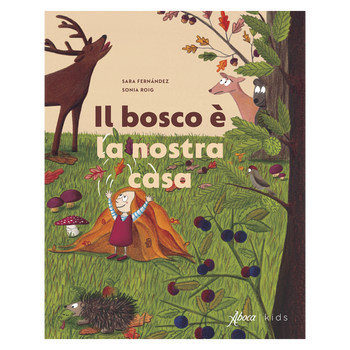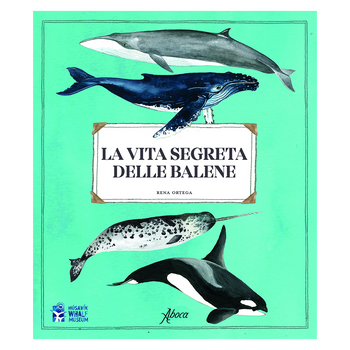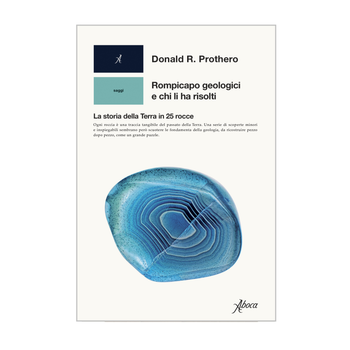You have no items in your shopping cart.
Kitâb al-Diryâq - Paris Theriac Kitâb al-Diryâq - Paris Theriac
Collection facsimile Collection facsimile
Muhammad ibn Abi al-Fath Muhammad ibn Abi al-Fath
€2.980,00
Medicinal extracts and gold lettering. Kitâb al-Diryâq: the Arabic version of a centuries-old panacea.
Medicinal extracts and gold lettering. Kitâb al-Diryâq: the Arabic version of a centuries-old panacea.
Availability:
In Stock
Sku: LIBTERIA
An exquisite volume with a flavour of the ancient orient, with colours of the sun, enhanced with an application of hot foil gold lettering.
Aboca Edizioni presents a selection of plates from the Kitâb al-Diryâq, a splendid manuscript handwritten in 1199 by Muhammad ibn Abi al-Fath and conserved at the Biblioteca Nazionale, Paris. The work is dedicated to theriac, an ancient medicinal compound initially used to treat snakebites and then used as a panacea. The 72 elegant pages that make up the manuscript illustrate, via clever miniatures and golden spirals, the most common and widely used medicinal plants in the Arab world in the XII century.
From the comment by Oleg Grabar: "The variety of types of character, the range of clothes they wear or the activities they are doing, the many animals (horses in particular), the plants, the items and the architectural fragments found in these pages are truly extraordinary and without equal in the XII century. [...] How was all of this possible during the declining years of the XII century in a part of the Arab speaking world that extended from Egypt to Iran? According to current knowledge, there were no attempts at such art prior to the Kitâb al-Diryâq in 1199".
The in-depth commentary, from world-renowned experts of Arabic history, reconstructs the text tradition of the manuscript, examines its content, illustrates its historical bearing, iconographic content and decorative motifs.
The facsimiles from the Aboca Edizioni collection are worthy publications, created with precious materials and avant-garde printing techniques. To create the Kitâb al-Diryâq a heavy paper, Munken Pure 200 g, enhanced with satin gold leaf was chosen. The luxurious red and turquoise binding contains pages bound by hand and stitched with gold thread, also manually.
Notes
The commentary is in French, English and Arabic.
Introduction by Valentino Mercati.
Contributions by Jaclynne Kerner, Marie Geneviève Guesdon, Oleg Grabar, Françoise Micheau, Anne Caiozzo.
Other information
The manuscript of the Kitâb al-Diryâq came to the Biblioteca Nazionale, Paris in May 1879, under Arab supplement number 2433, after having been purchased by a Parisian doctor, Dr. Letorneau, for the amount of Fr.1000. The volume previously belonged to a pharmacist, Jean Françoise Bonastre, who had acquired it on 7 November 1832. The method by which it arrived in the west is unknown, however it is likely that it happened in the XVIII century or at the beginning of the XIX century. In the east, the volume seems to have circulated especially in Iran, as illustrated by the transcriptions added by those who held it and the notes in Persian on the final page. The last four lines on the final page take the form of an afterword where the scribe, after having indicated the end of the text, added the drafting end date to his name, January 1199.
Limited run of 999 numbered and certified specimens.
An exquisite volume with a flavour of the ancient orient, with colours of the sun, enhanced with an application of hot foil gold lettering.
Aboca Edizioni presents a selection of plates from the Kitâb al-Diryâq, a splendid manuscript handwritten in 1199 by Muhammad ibn Abi al-Fath and conserved at the Biblioteca Nazionale, Paris. The work is dedicated to theriac, an ancient medicinal compound initially used to treat snakebites and then used as a panacea. The 72 elegant pages that make up the manuscript illustrate, via clever miniatures and golden spirals, the most common and widely used medicinal plants in the Arab world in the XII century.
From the comment by Oleg Grabar: "The variety of types of character, the range of clothes they wear or the activities they are doing, the many animals (horses in particular), the plants, the items and the architectural fragments found in these pages are truly extraordinary and without equal in the XII century. [...] How was all of this possible during the declining years of the XII century in a part of the Arab speaking world that extended from Egypt to Iran? According to current knowledge, there were no attempts at such art prior to the Kitâb al-Diryâq in 1199".
The in-depth commentary, from world-renowned experts of Arabic history, reconstructs the text tradition of the manuscript, examines its content, illustrates its historical bearing, iconographic content and decorative motifs.
The facsimiles from the Aboca Edizioni collection are worthy publications, created with precious materials and avant-garde printing techniques. To create the Kitâb al-Diryâq a heavy paper, Munken Pure 200 g, enhanced with satin gold leaf was chosen. The luxurious red and turquoise binding contains pages bound by hand and stitched with gold thread, also manually.
Notes
The commentary is in French, English and Arabic.
Introduction by Valentino Mercati.
Contributions by Jaclynne Kerner, Marie Geneviève Guesdon, Oleg Grabar, Françoise Micheau, Anne Caiozzo.
Other information
The manuscript of the Kitâb al-Diryâq came to the Biblioteca Nazionale, Paris in May 1879, under Arab supplement number 2433, after having been purchased by a Parisian doctor, Dr. Letorneau, for the amount of Fr.1000. The volume previously belonged to a pharmacist, Jean Françoise Bonastre, who had acquired it on 7 November 1832. The method by which it arrived in the west is unknown, however it is likely that it happened in the XVIII century or at the beginning of the XIX century. In the east, the volume seems to have circulated especially in Iran, as illustrated by the transcriptions added by those who held it and the notes in Persian on the final page. The last four lines on the final page take the form of an afterword where the scribe, after having indicated the end of the text, added the drafting end date to his name, January 1199.
Limited run of 999 numbered and certified specimens.
Dimensions. 29,5 x 39 x 6,5 cm
Illustrations Facsimile: 36 carte stampate su Munken Pure da gr. 200 con oro satinato in lamina;
Illustrations Commentary: 156
Pages of Commentary: 272
Copertina Facsimile: con impressioni in oro e turchese;
Copertina Commentary: rigida con dorso tondo e impressioni in oro
Paper of Facsimile: rilegato a mano, pagine fustellate con applicazione manuale di 3 inserti, tagli in oro rifiniti a mano sui tre lati;
Paper of Commentary: carta Gardapath kiara da gr 135, confezione cartonato cucito
Dimensions. 29,5 x 39 x 6,5 cm
Illustrations Facsimile: 36 carte stampate su Munken Pure da gr. 200 con oro satinato in lamina;
Illustrations Commentary: 156
Pages of Commentary: 272
Copertina Facsimile: con impressioni in oro e turchese;
Copertina Commentary: rigida con dorso tondo e impressioni in oro
Paper of Facsimile: rilegato a mano, pagine fustellate con applicazione manuale di 3 inserti, tagli in oro rifiniti a mano sui tre lati;
Paper of Commentary: carta Gardapath kiara da gr 135, confezione cartonato cucito























